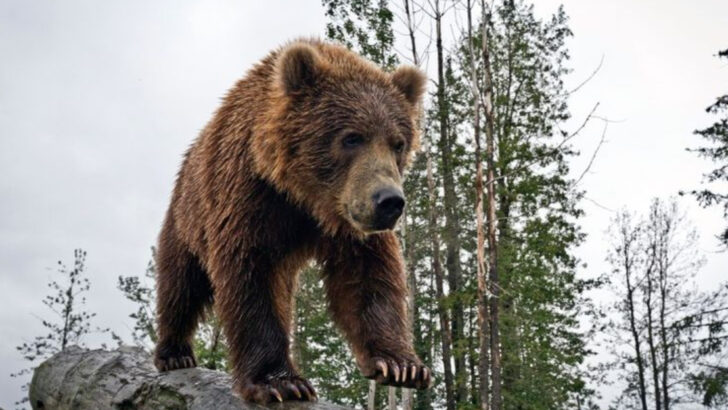It wasn’t just big.
It was a beast straight out of a wilderness nightmare.
The largest bear ever recorded in North America didn’t just break records—
it crushed them like a tin can in its massive jaws.
This was no cuddly storybook creature.
It was a walking wall of muscle, claws, and raw power.
Standing taller than a basketball hoop and weighing more than a car,
this bear roamed the wild with a presence that made even apex predators think twice.
But where was it found?
How big exactly was it?
And what happened when humans crossed its path?
These 13 jaw-dropping facts will take you deep into the legend of a true giant.
One that left tracks the size of dinner plates—and a legacy that still growls through the forests of the North.
The Bear’s Gigantic Size

Imagine a bear so large it dwarfs its surroundings. This bear, the largest ever recorded in North America, weighed an incredible 2,200 pounds and stretched over ten feet tall when standing on its hind legs. In a world where most bears are already imposing, this specimen stood out for its sheer magnitude. It’s fascinating to think about how this bear navigated its habitat, using its immense size to its advantage. Even among the giants of the animal kingdom, this bear was in a league of its own, captivating all who learned of its existence.
Habitat of the Giant

The habitat of this colossal bear was as grand as the creature itself. Thriving in the dense forests of Alaska, it roamed vast territories filled with towering trees and winding rivers. These environments provided ample food and shelter, crucial for a bear of such size. The Alaskan wilderness, with its rugged landscapes and abundant wildlife, was an ideal home. This bear’s presence added an element of awe to the already majestic surroundings, making it a symbol of the untamed beauty and raw power of North America’s natural world.
Diet and Feeding Habits
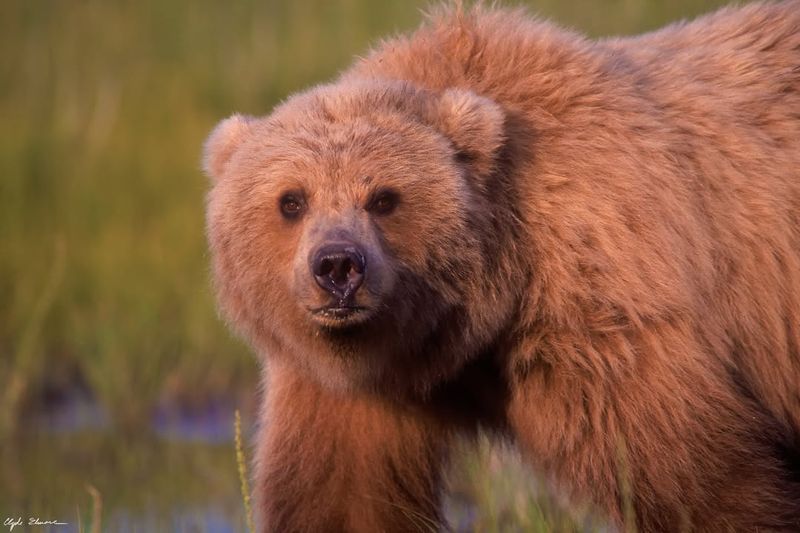
What does a bear with such an enormous appetite eat? The answer is plenty! This bear’s diet was as impressive as its size, consisting mainly of fish, particularly salmon, along with berries, plants, and small mammals. The abundance of salmon in the Alaskan rivers provided a rich and nutritious food source, essential for maintaining the bear’s massive body. Its feeding habits not only sustained its size but also played a role in the ecosystem, as bears are known to contribute to nutrient cycling within their habitats.
Historical Significance
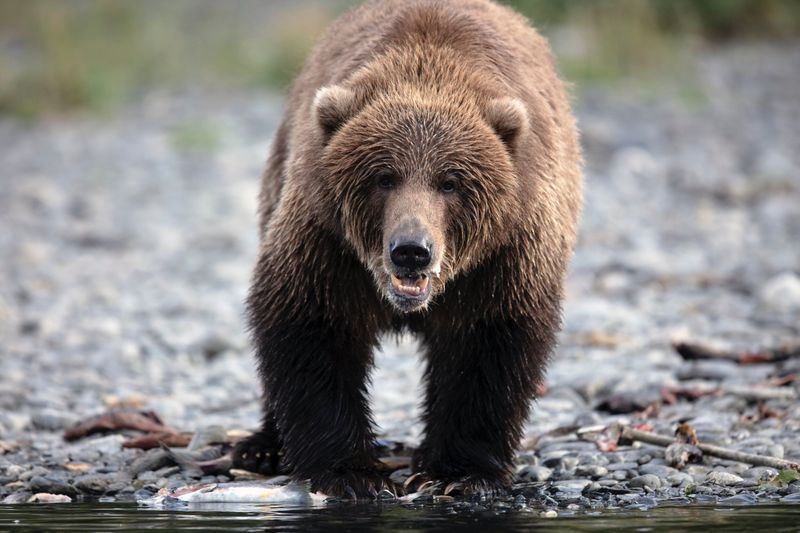
The largest bear ever recorded isn’t just a modern marvel; it holds historical significance, too. Bears have roamed North America for thousands of years, and this particular specimen serves as a bridge between past and present. Its existence reminds us of the evolutionary journey these creatures have undertaken, adapting to different climates and environments. Studying the largest bear helps scientists understand the changing dynamics of wildlife populations over time. It stands as a testament to the resilience and adaptability of bears throughout history.
The Bear’s Impact on Culture

Bears have always held a significant place in the cultural fabric of North American societies. This particular giant has become a symbol of strength and endurance, inspiring countless stories and legends. Indigenous cultures revered bears as spiritual guides, and the largest bear ever recorded only amplifies this reverence. In modern times, it has become an icon, featured in films and literature, capturing the imagination of people worldwide. Its impact on culture is profound, serving as a bridge between ancient traditions and contemporary fascination.
The Role in the Ecosystem

The role of this enormous bear extends beyond being a mere giant; it plays a crucial part in the ecosystem. As an apex predator, its presence helped maintain the balance of prey populations, controlling numbers of species like deer and fish. Its feeding habits contributed to nutrient distribution, enriching the soil and vegetation through its scat. Such ecological roles highlight the interconnectedness of species, showcasing the bear as a keystone species whose influence resonates through the entire habitat, proving its critical importance in sustaining ecological equilibrium.
Conservation Efforts
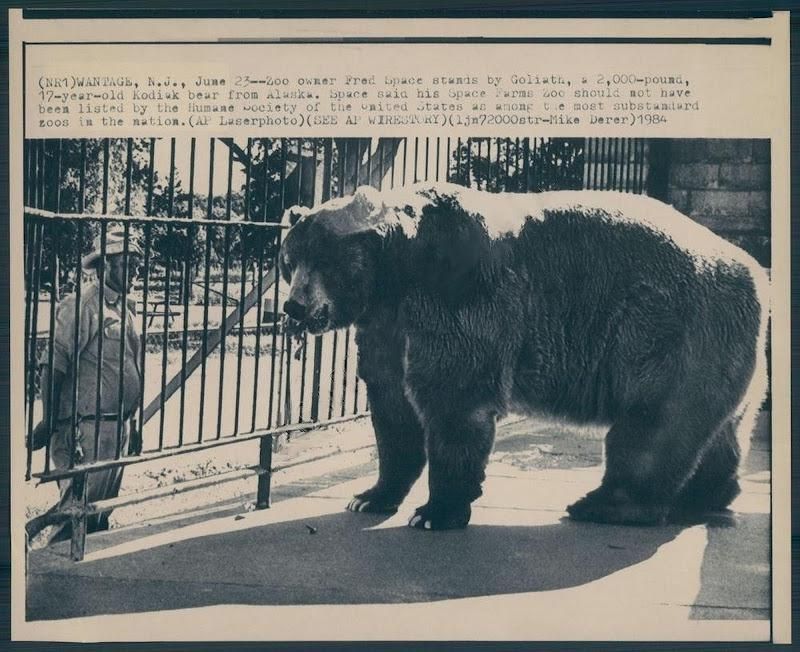
Preserving the legacy of the largest bear involves dedicated conservation efforts. These initiatives aim to protect the habitats that support such magnificent creatures, ensuring they thrive for future generations. Conservationists work tirelessly to combat threats like habitat destruction and climate change. By focusing on sustainability and species protection, they help maintain biodiversity, which includes these iconic bears. These efforts underscore the importance of preserving natural habitats and fostering coexistence between humans and wildlife, ensuring that the grandeur of such bears continues to inspire awe and admiration.
Discovery and Documentation
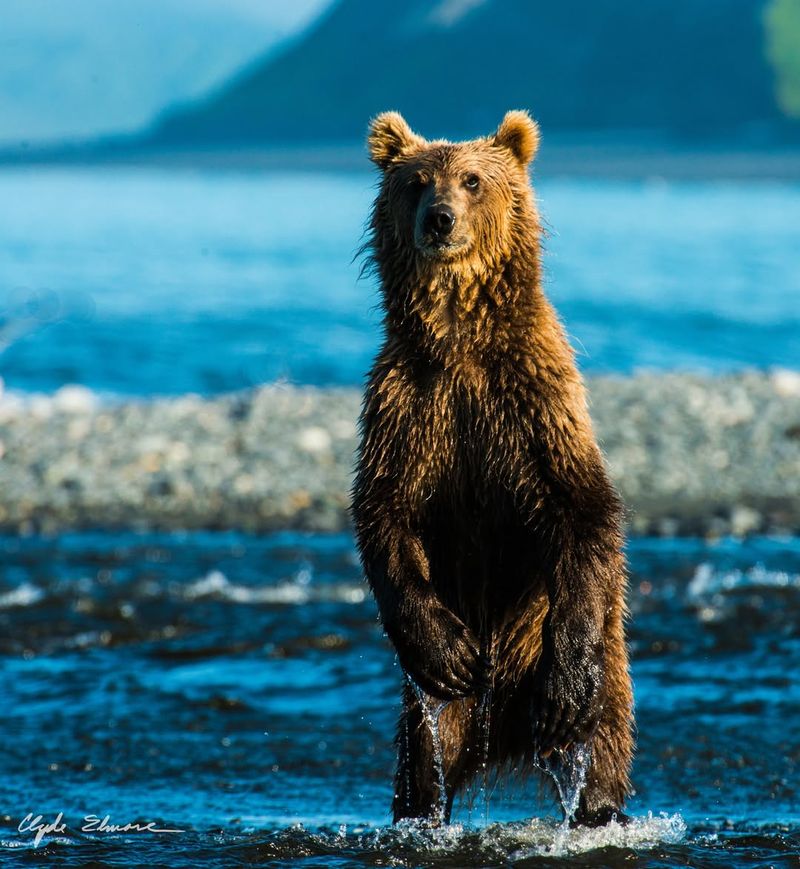
The discovery of the largest bear ever recorded in North America was a landmark moment for wildlife researchers. Documenting such an extraordinary specimen required meticulous efforts, involving tracking, field studies, and genetic analysis. Scientists sought to understand how this bear achieved its incredible size and what it revealed about bear populations in the region. The documentation process was not only about recording physical attributes but also understanding the broader implications for wildlife science. This discovery has fueled ongoing research, driving curiosity and further exploration into bear biology.
Physical Characteristics
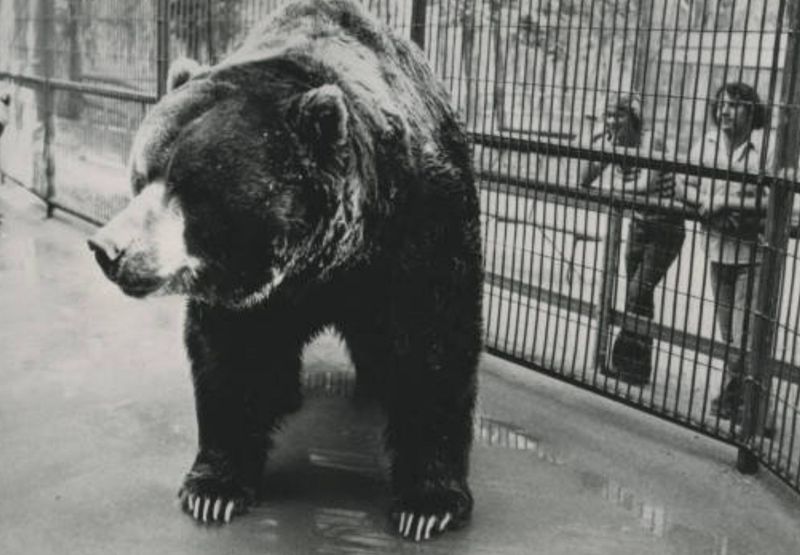
The physical characteristics of the largest bear are truly remarkable. With paws the size of dinner plates and powerful limbs, this bear was equipped to dominate its environment. Its sharp claws and strong jaw allowed it to catch prey with ease. The thick fur provided insulation against harsh weather, while its keen senses enhanced its hunting prowess. Exploring these characteristics offers insight into the adaptations that enabled this bear to survive and thrive. Each feature is a testament to the evolutionary marvels that define the bear’s imposing presence in the wild.
Interactions with Humans
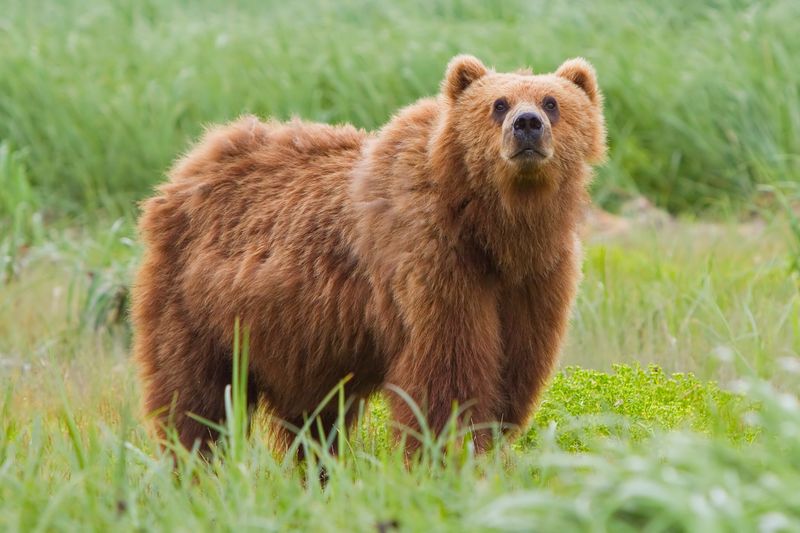
Throughout history, bears and humans have shared a complex relationship. The largest bear ever recorded was no exception, sparking both fear and fascination. Stories of encounters with this giant bear circulated, highlighting its formidable presence. While some viewed it as a threat, others as a magnificent creature deserving respect and protection. These interactions shaped perceptions, influencing how communities approached wildlife conservation. Understanding these dynamics provides valuable lessons on coexistence, emphasizing the need for mutual respect and understanding between humans and the natural world.
Comparisons to Other Bears
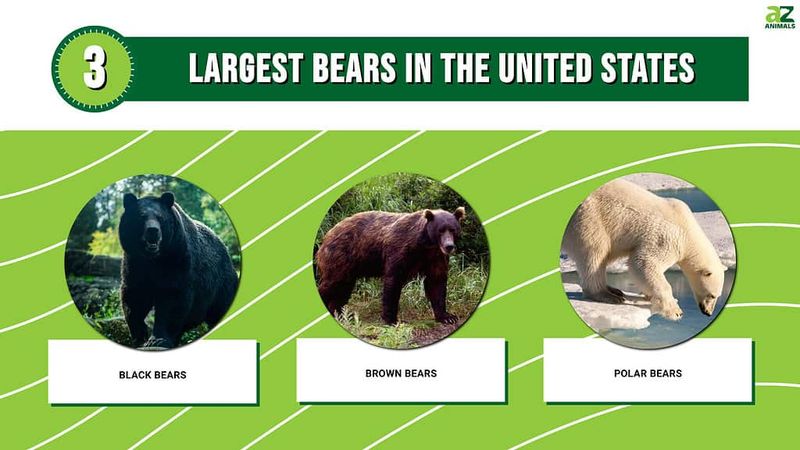
The largest bear ever recorded sets a benchmark for comparison with other bear species. Standing next to a grizzly or black bear, its size was staggering, making even these large species look small. This comparison highlights the diversity within the bear family, showcasing variations in size, diet, and behavior. Understanding these differences offers a broader perspective on bear evolution, adaptation, and survival. The sheer size of this bear continues to draw attention, serving as a point of reference for scientists and wildlife enthusiasts alike.
Bear in Popular Media

The allure of the largest bear ever recorded extends into popular media, where it has been depicted in movies, documentaries, and books. Its story captivates audiences, offering a glimpse into the wild and untamed aspects of nature. Filmmakers and authors often draw on its image to convey themes of adventure and survival. This bear has become a symbol of nature’s grandeur and mystery, resonating with viewers and readers worldwide. Its presence in media underscores the enduring fascination with wildlife and the stories that connect us to the natural world.
The Legacy of the Giant
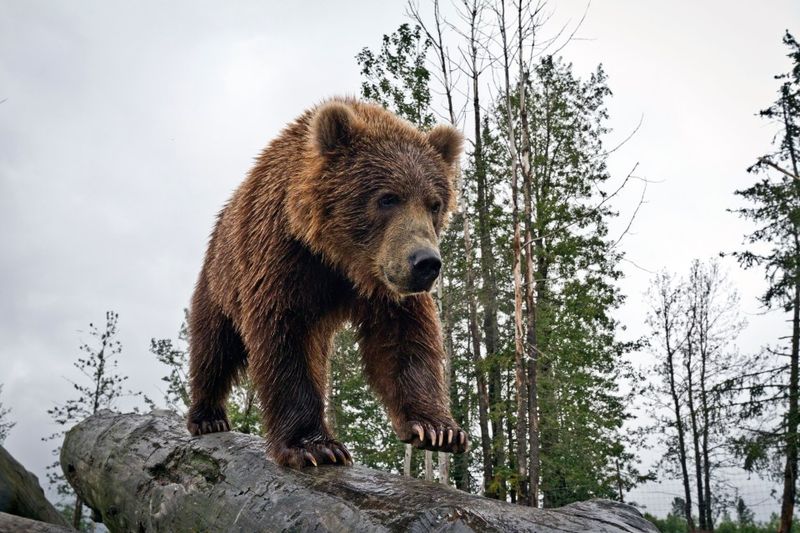
The legacy left by the largest bear ever recorded is monumental. It continues to inspire research, conservation, and cultural narratives. This bear’s story serves as a reminder of the natural world’s wonders and the importance of preserving such marvels for future generations. Its impact is felt across scientific communities, educational platforms, and cultural institutions, where its story is told and retold. This legacy transcends time, illustrating the enduring significance of wildlife and our shared responsibility to protect the planet’s incredible biodiversity.

